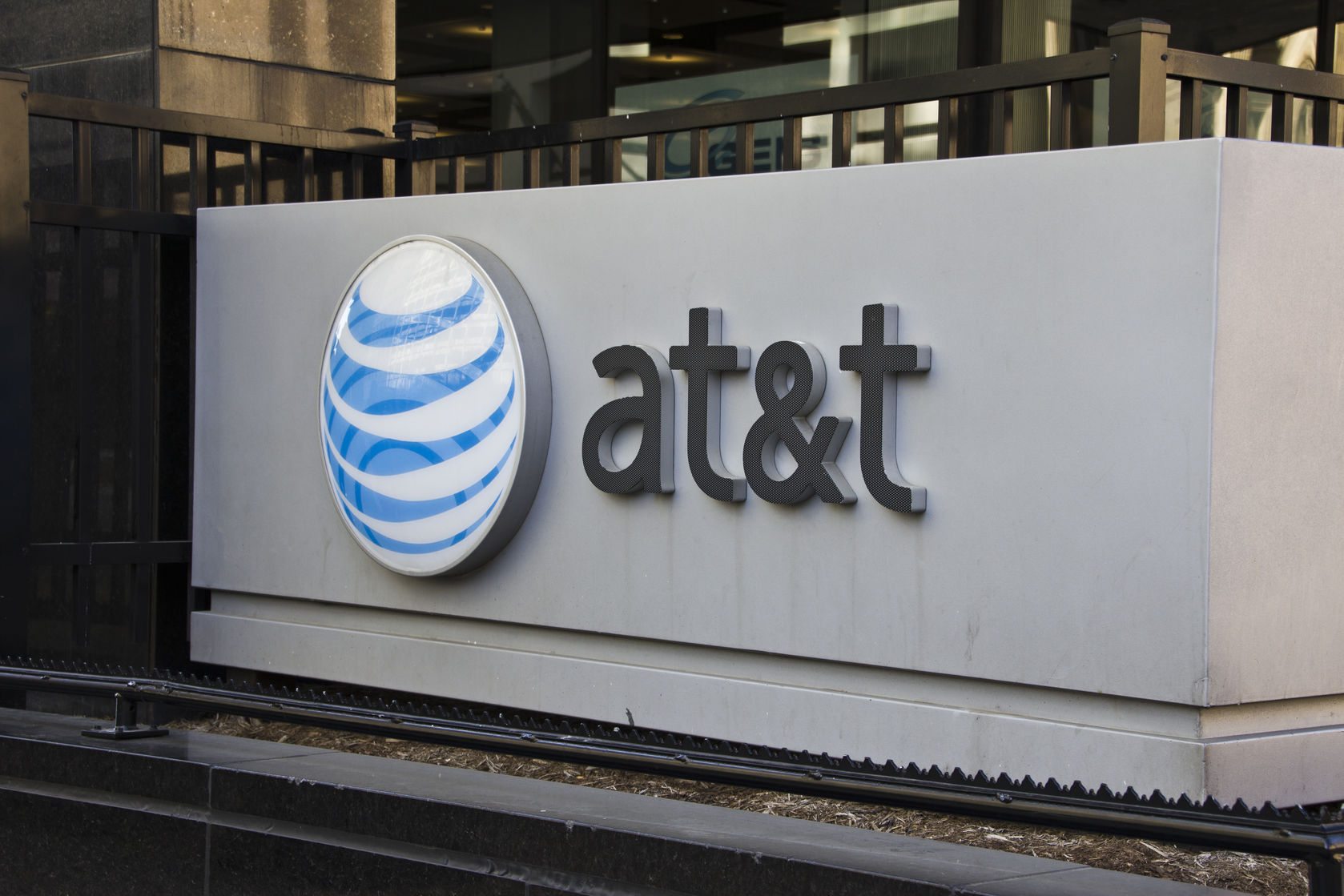AT&T saw its first-quarter mobility revenues rise 5.5% from the same period last year, with wireless service revenues up 4.8% and equipment revenue rising 7.3%.
CEO John Stankey said the company’s “momentum in growing customer relationships is reaching historical levels,” with AT&T reporting its best first-quarter for postpaid phone net additions in more than a decade as well as “consistently strong” fiber customer additions. “AT&T has entered a new era,” he proclaimed.
AT&T has seen several notable recent milestones for AT&T: Both the completion of the spin-off of Warner Media, completed earlier this month, and the shutdown of the company’s 3G network. The latter had about a 300 million in associated costs, but overall postpaid phone churn was still quite low at 0.79%. AT&T reported 691,000 postpaid phone net additions and 116,000 prepaid net adds, with 965,000 postpaid net adds overall. Meanwhile, it said that its business wireless segment saw revenues rise 8.4% year-over-year, while its FirstNet customer base increased by about 300,000 connections.
AT&T executives said on its quarterly call that its priorities for 2022 include expanding its 5G wireless service into under-penetrated segments and also expanding its fiber network, which it sees as its growth areas.
Stankey said the company still plans to ramp up its C-Band deployments mid-year, once it has the proper equipment for it to do one-touch work to activate multiple spectrum bands. While some of the preparation work is happening now, Stankey said, the deployments will scale more rapidly starting mid-year.
Asked about potential supply chain issues, Stankey said that while he anticipated that there would be supply chain pressure globally, the North American market is the most profitable market globallly for network equipment manufacturers — so NEMs have motivation to supply their most profitable market first.
In terms of Fixed Wireless Access, on the heels of T-Mobile US announcing that it has hit 1 million households subscribing to its Home Internet service, Stankey reminded analysts that AT&T already has “hundreds of thousands” of FWA customers, and that it has used the technology “pretty aggressively” as an offer for business customers. He added that AT&T believes there is a place for FWA deployments going forward – after it gets through midband deployments – but that place won’t be urban and metro areas where AT&T could build fiber and where traffic and performance demands are likely to skyrocket over the next five years. Instead, he suggested, FWA would be more of a rural and niche customer play.
Stankey also reminded investors that the company serves more than just consumer wireless users, between its FirstNet business and enterprise relationships, as well as the addition of new wholesale revenues later this year from Dish Network. In mid-2021, AT&T struck a 10year, $ 5 billion deal to move Dish’s wireless customer traffic – including customers of its Boost Mobile, Ting Mobile and Republic Wireless brands – to AT & T’s network, instead of Dish continuing the wholesale agreement that had been worked out. to use T-Mobile US ‘network as part of the settlements that allowed the T-Mo’s acquisition of Sprint to move forward.













